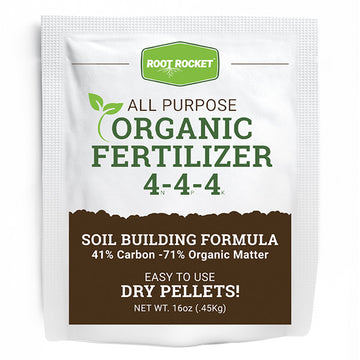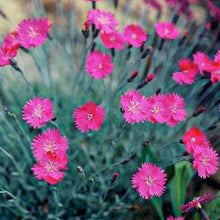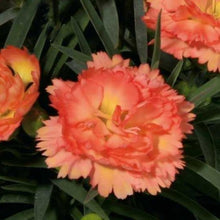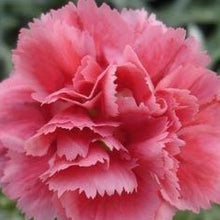Dianthus
Dianthus are also known as Sweet William, Carnation, or Pinks. These small plants are hardy perennials with colorful flowers and attractive silvery foliage. Generally used as a ground cover or a border, these plants are low growing with evergreen or semi-evergreen foliage. The abundant flowers are fragrant and attract butterflies. Dianthus are deer resistant and drought tolerant once established.
More Information







